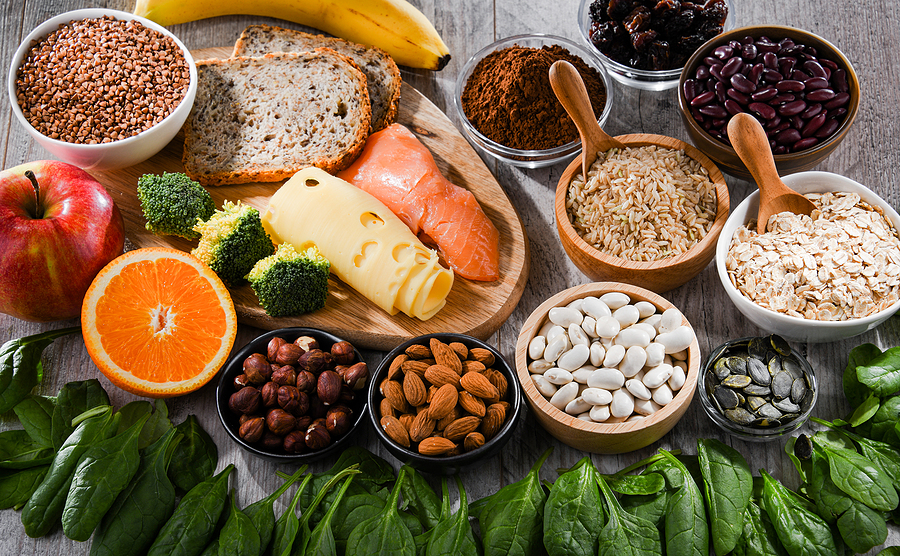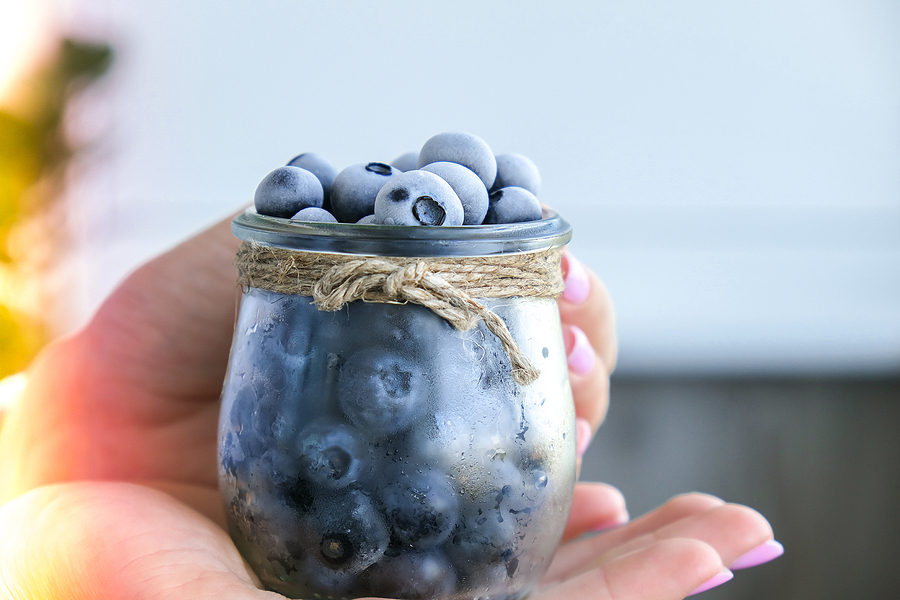There’s no escaping it now. Almost everyone associated with food, from national restaurant chains to local grocery stores, are all addressing gluten, from offering gluten-free menus to carrying ever expanding sections of gluten-free foods. Magazines, from our favorite monthly women’s magazines to health journals, are all talking about gluten with studies, recipes, and life-changing stories. What would cause such an amazing wave of change to happen?
What is gluten?
The interest in gluten is more than just the newest fad. Gluten is a substance made up of glycoproteins (sugars combined with proteins) which makes pasta and bread chewy and gives dough its elasticity. Gluten is added to many products like soy sauce and broths to improve texture. When reading labels, many people are amazed at the wide range of products including gluten.
In its pure form. gluten is part of the endosperm of seeds in grains, where it nourishes the growing seedling as it sprouts. Gluten proteins occur naturally in many grass species, but particularly in wheat. There are various forms – couscous, bulgar, kamut, spelt, durum and semolina to name a few. Rye and barley, while not wheat, are closely related and contain gluten. Oats may contain gluten proteins, but typically in lower amounts. Many times gluten in oats is a result of cross contamination in processing, growing or storage.
Gluten free grains
Quinoa and buckwheat are naturally gluten-free and (as long as they not contaminated during processing) can be included in a gluten-free diet. Other grains such as rice, millet, corn, and sorghum can contain small amounts of gluten in their natural state, but are usually not problematic unless contaminated.
Why are we so sensitive to gluten?
There are many different theories as to why so many women are gluten sensitive these days. Over the past twenty years, Americans have started to consume great quantities of refined wheat flour. Think about a typical day of food – cereal for breakfast, a sandwich for lunch and pasta for dinner. Gluten three times a day! What about crackers for a snack or cake for dessert or pretzels while watching TV at night? The body is inundated with gluten. Until recently, all this wheat was coming from just two species.
Another theory takes into consideration the pesticides used and the storage practices for this very popular grain. Perhaps we’re also reacting to genetically modified wheat. There are many theories, many scenarios, and many questions.
Regardless of the reason, gluten is becoming more and more of an issue for women. It’s effects on the body can be far reaching. Women who follow a gluten-free diet often see a relief in symptoms which may, on the surface, appear totally unrelated. Inflammation calms, energy returns, foggy thinking reduces, digestive issues can often times be resolved, menstrual cramps decrease, PMS decreases and so much more! I continue to be amazed at the effects in some people when they stop eating gluten.
For more information about gluten, read our article, “The Gluten Spectrum – From Sensitivities to Celiac Disease.”







